What to Know About Periodontal Scaling and Root Planing

What to Know About Periodontal Scaling and Root Planing
Statistics show that gum disease affects 48% of people over the age of 30 in the United States, and one in 10 is diagnosed with a serious case of periodontal disease. This widespread issue underscores the critical need for effective treatments. Procedures like dental implants can address advanced tooth loss, but often, less invasive options are crucial in earlier stages.
Tooth or periodontal scaling and root planning can significantly help to eliminate the signs of gum disease and keep your gums and teeth healthy, preventing more serious complications that might eventually require solutions like dental implants.
Insight: Gum disease is a silent epidemic, affecting nearly half of all adults over 30 in the U.S. Early intervention with treatments like scaling and root planing is key to preserving oral health and preventing severe periodontal issues.
What to Expect with Scaling and Root Planing?
Periodontitis is a serious form of gum disease. When you have gum disease, dentists primarily use periodontal scaling and root planing to improve your oral health. What exactly is scaling and root planing in dentistry? These are non-surgical treatments for gum disease that are highly effective in deep cleaning the teeth and gum pockets.
Dental scaling, often referred to as a deep cleaning of the teeth, uses mechanical tools or ultrasound to meticulously remove plaque and tartar from the tooth surfaces and beneath the gum line. While both manual scaling and ultrasonic cleaning yield similar results, ultrasonic methods are often quicker and more comfortable for patients. Root planing and scaling effectively get rid of harmful bacteria in the hardest-to-reach places, preventing tooth decay and other oral diseases.
The teeth scaling procedure is often required before many other dental procedures, such as fillings, laser gum surgery, braces, prosthetics, or even if you are considering Invisalign or root canal therapy. What should be expected after scaling? Scaling and planing is not merely a preventive treatment; it's a therapeutic procedure designed to actively fight the bacteria that cause disease. The battle against dental plaque must be comprehensive, incorporating both effective self-care and professional hygiene.
Is Scaling and Root Planing Worth It? What are the Benefits of Teeth Scaling?
Plaque is meticulously cleaned with a special ultrasound device called a scaler, which breaks up hard tartar into small pieces and flushes them away with a stream of water. Periodontal scaling and root planning is generally painless and may cause only mild discomfort to patients with very sensitive teeth, often managed with local anesthesia.
The second step often involves sandblasting the enamel, known as the "Air-Flow" method. Many patients mistake Air-Flow for teeth whitening, although it is primarily a cleaning method. The surface of the tooth is treated under pressure with a solution of fine powder and water, effectively brightening the enamel by several shades by removing surface stains. This comprehensive cleaning is a vital part of periodontal scaling and root planning. For those seeking a more dramatic smile transformation, a cosmetic dentist at Sola Dental Spa can discuss options like professional teeth whitening or porcelain veneers.
This sandblasting technique restores a beautiful, clean color to the teeth and is an excellent prevention against the formation of new dental plaque in the future. After the teeth are thoroughly cleaned, the surface of the teeth is often treated with a special fluoride coating to better protect the enamel and reduce sensitivity.
Root planing and scaling helps to significantly improve the overall condition of the gums and teeth, preventing inflammation of the gums and other dental problems. To keep your teeth beautiful and healthy for as long as possible, dentists recommend professional scaling and root planing at least once a year, or more frequently if you have ongoing periodontal concerns.
What is root planing of teeth? Root planing (distinct from treatments like Pinhole Gum Rejuvenation, which addresses receding gums) is similar to dental cleaning, except it is specifically performed on the roots of the teeth that are below the gum line. The dentist gently pushes back the gum tissue and exposes the root surface, then meticulously removes tartar and smooths the root areas of the teeth. This is followed by treatment of the area, and eventually, the gums are better aligned with the teeth and stop bleeding, promoting reattachment and healing.
What's the Difference Between Teeth Scaling and Root Planing?
Different techniques are used to treat gum problems, and both root scaling and planing can be referred to as a deep cleaning. However, they target different aspects of periodontal health. If you have an advanced periodontal disease (periodontitis), these procedures are essential to effectively remove tartar and bacteria.
What is periodontal scaling? If we're talking about dental scaling, this procedure is aimed at removing tartar from the surface of the teeth, which is exposed when you smile. These cosmetic dentist services help keep your smile attractive and keep your mouth healthy. What is root planing? This procedure helps to remove tartar and plaque that is under the gum line, near the root of the teeth (gum scaling). It also helps to prevent the recurrence of this plaque and allows the surface of the teeth's roots to be smoothed, making the gum more securely attached to the tooth. Thus, the problem of tooth sensitivity and tooth loss is effectively solved by dental planing and scaling.
Daily brushing, extra rinses, and flossing, while crucial, are not always able to completely clean your mouth, especially in hard-to-reach areas. A small amount of plaque will gradually lead to tartar buildup. Scaling and root planing can help you get rid of the problem effectively, but treatment must be under the supervision of a qualified Sola Dental Spa dentist. Only a skilled professional will choose the most appropriate method and clean your mouth safely to prevent damage and inflammation, ensuring optimal results and patient comfort.
Are Scaling and Root Planing Procedures Painful? What are the Risks?
Periodontal scaling and root planing performed at Sola Dental Spa are done with maximum patient comfort and safety. Anesthesia is most often used for periodontist scaling, so the patient will feel almost nothing throughout the process. During gum disease scaling and root planing, the gums are usually sore for a few days, and the teeth may remain sensitive for up to a week. Immediately after the procedure, the gums may bleed, be swollen, or feel tender.
How long does scaling and root planing take to heal? It is a relatively simple procedure, so the recovery time is typically short, usually not more than 3-5 days for initial soreness and bleeding to subside. Sensitivity to hot or cold may persist for up to 6 weeks, which is considered a normal part of the healing process after periodontist scaling. To speed up the healing process, it is essential that the patient follows the doctor's recommendations and maintains diligent oral hygiene. The tooth scaling and root planing procedure itself typically takes one or more appointments, depending on the extent of tartar removal required and the overall condition of the teeth and gums.
Root scaling and planing procedure is widely known as the "gold standard" in the non-surgical treatment of gum disease, and in most cases, it brings significant relief and improvement to the health of the teeth and gums. As for the potential disadvantages, patients might experience some discomfort in the first few weeks after the scaling root planing. However, based on the long-term benefits of the procedure, this temporary discomfort is generally well worth enduring. Serious complications like nerve damage or infection, however, are very rare and largely depend on the skills and experience of the doctor performing the procedure. Choosing a reputable dental spa like Sola Dental Spa minimizes these risks.
What are the Main Care Requirements After Teeth Scaling and Root Planing?
The standard recommendation after visiting the dentist for this procedure is to avoid eating for the first 2 hours. During this time, the fluoride coating, if applied, finally sets. It's also crucial to avoid staining products and smoking for at least 24-48 hours to protect your newly cleaned teeth and gums.
Use a soft toothbrush for the next few days after planing and scaling to minimize pressure on your gums, which may still be sensitive. Use a toothpaste with fluoride, which will continue to saturate the enamel with essential trace elements and help reduce sensitivity.
Avoid foods like tea, coffee, red wine, and brightly colored fruits and vegetables for the first 3-4 days after planing and scaling to prevent staining. Instead, incorporate light, hard fruits and vegetables like apples, cucumbers, and cabbage into your diet. Their active rubbing against the teeth can help remove bacterial film naturally, complementing your oral hygiene routine.
Be sure to meticulously follow your doctor's recommendations and never ignore proper oral hygiene and regular dental hygiene practices after the root scaling and planing procedure. This is largely what determines the long-term effectiveness of the periodontal scaling. If painful sensations persist or worsen, it is always worth seeing your Sola Dental Spa dentist to find out the reason and address any concerns promptly.
Tartar appears on everyone's teeth to some extent. Poor diet, frequent consumption of sugary foods, lifestyle choices, and unhealthy habits can all contribute to plaque build-up. You can't get rid of tartar once and for all through a single treatment, so to keep your mouth healthy, you must practice good oral hygiene and schedule regular professional cleanings. Periodontal scaling and root planing is a key procedure for the health of your teeth and gums, offering a foundation for a healthy, confident smile.



.avif)





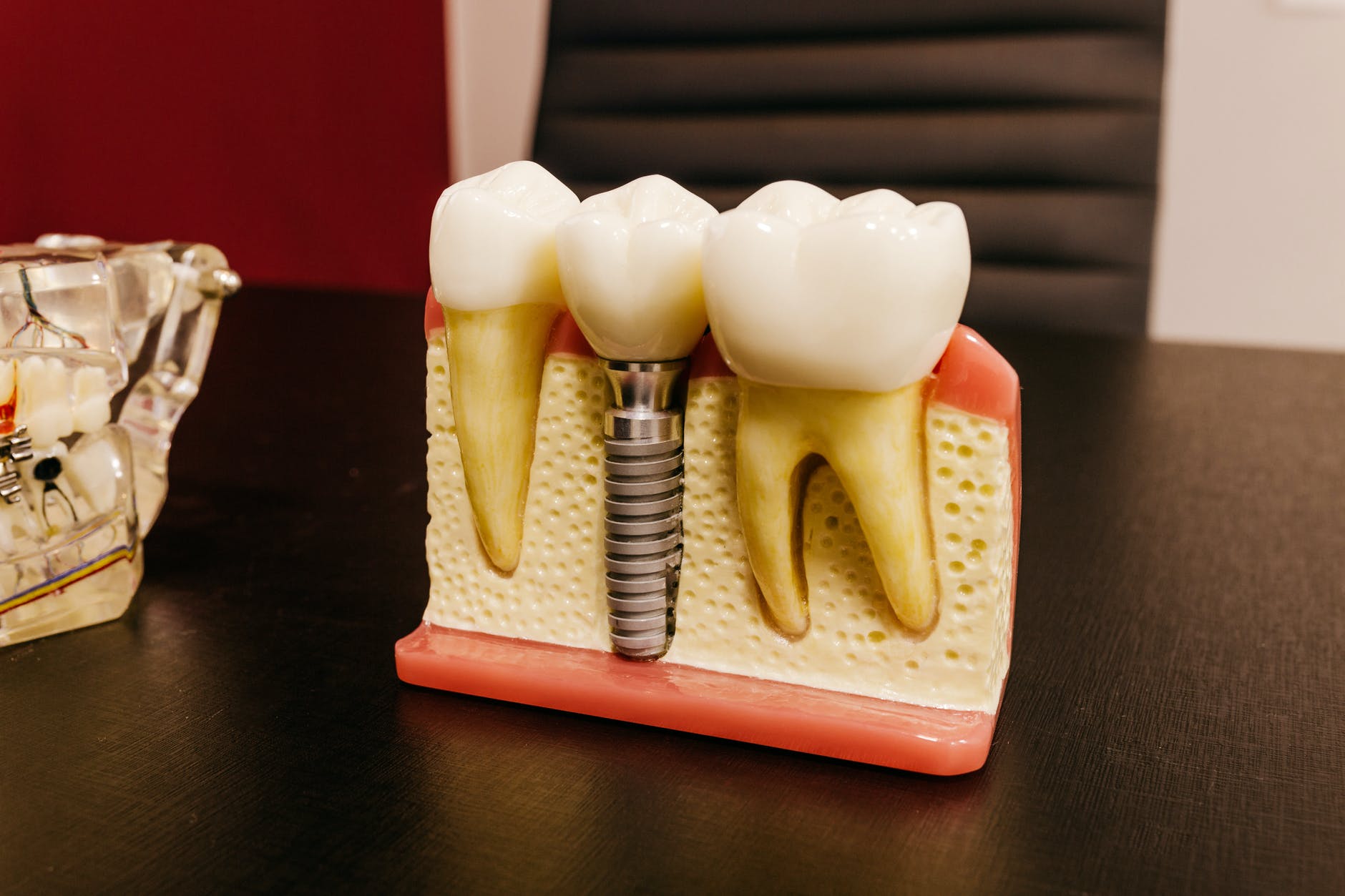

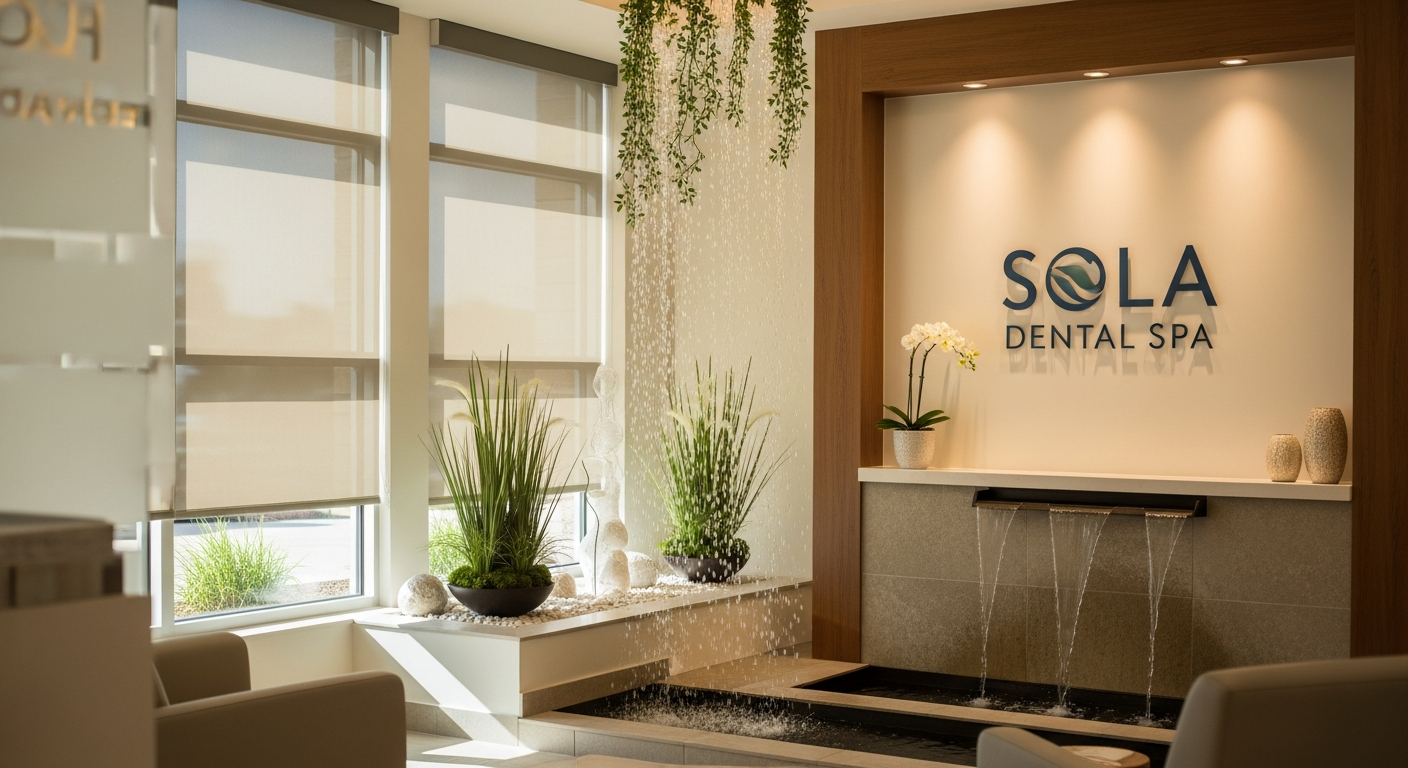









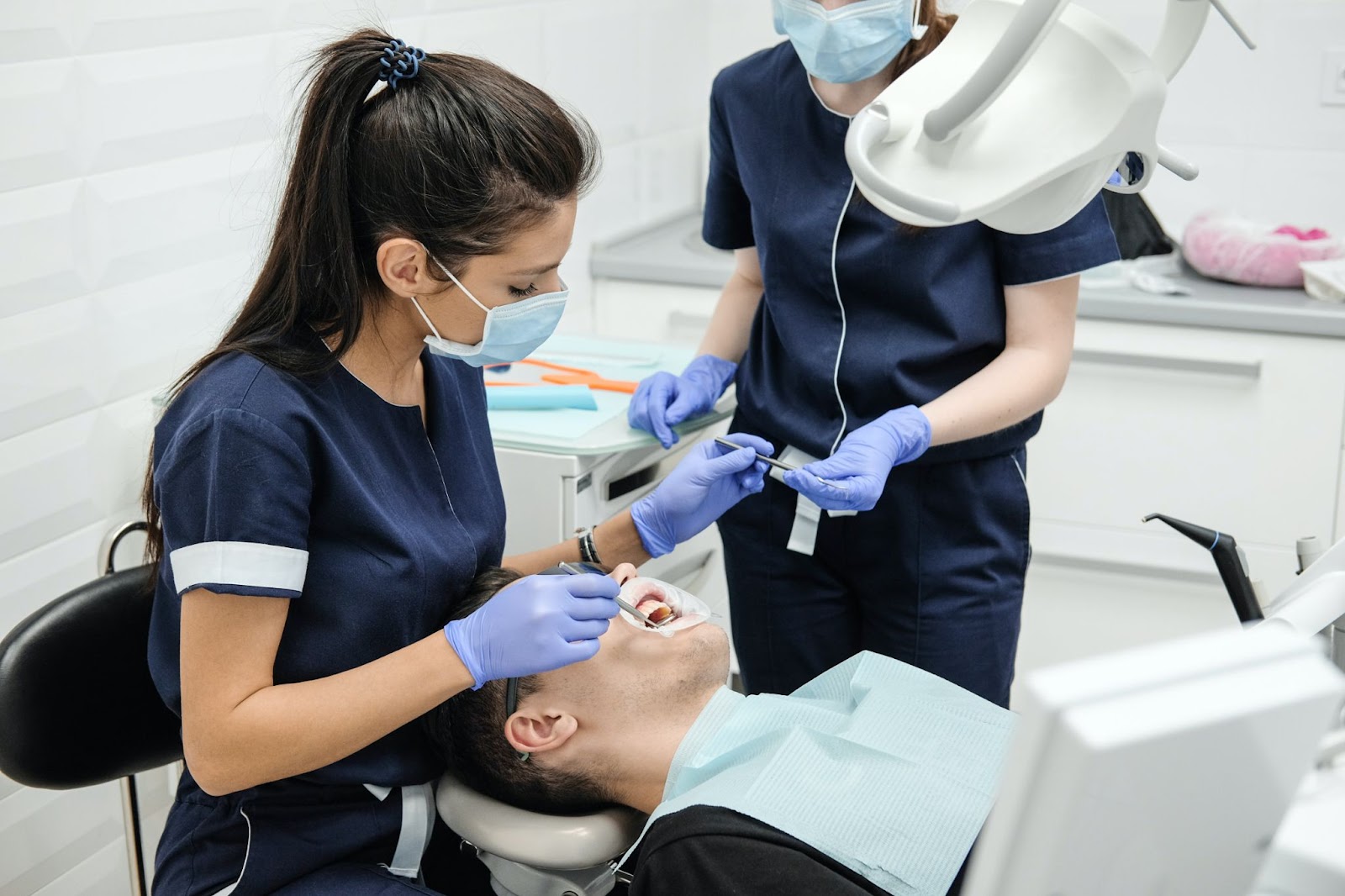




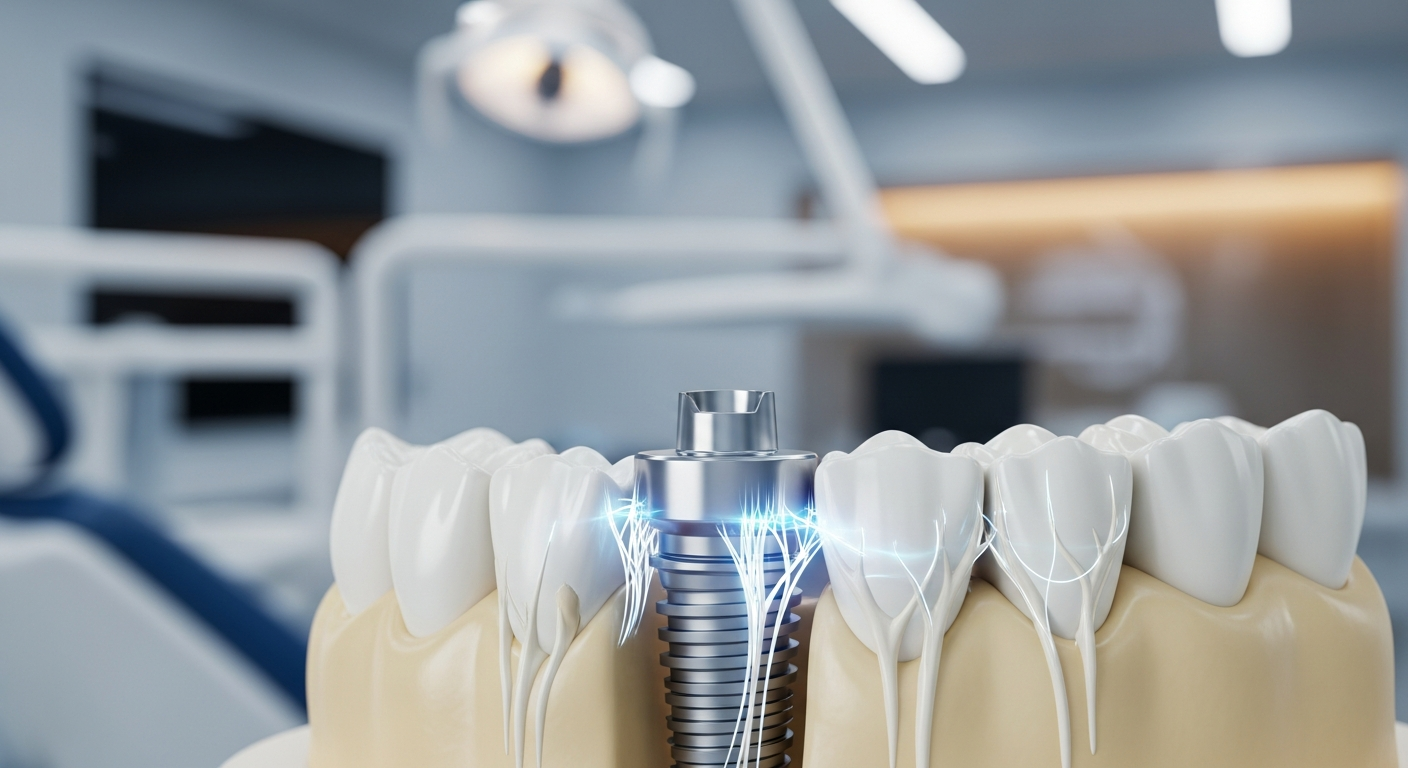











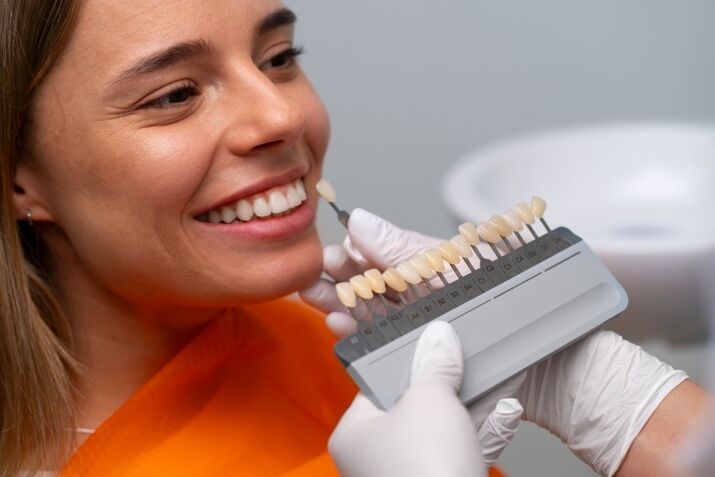


.jpg)


















.avif)


















.jpg)




















